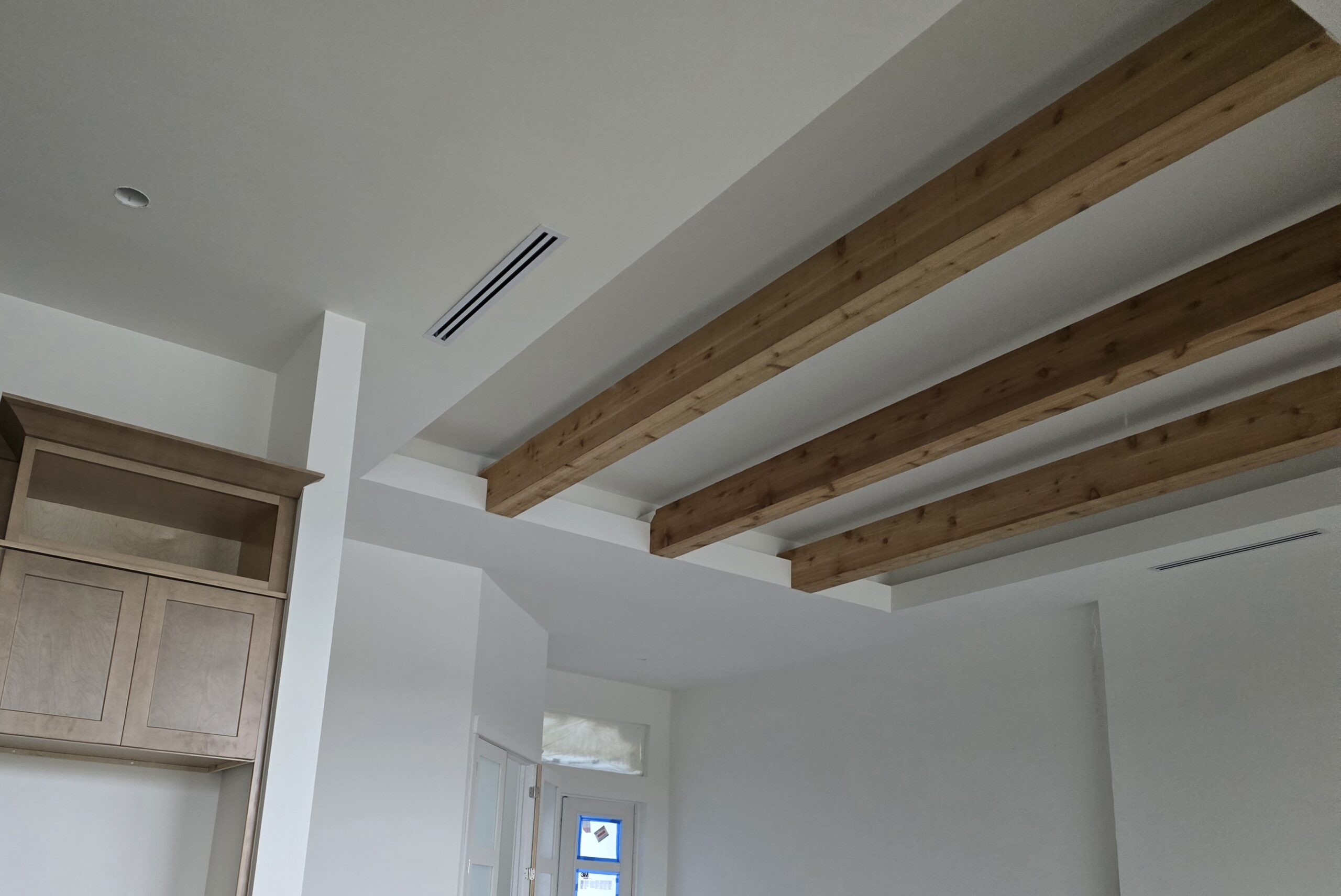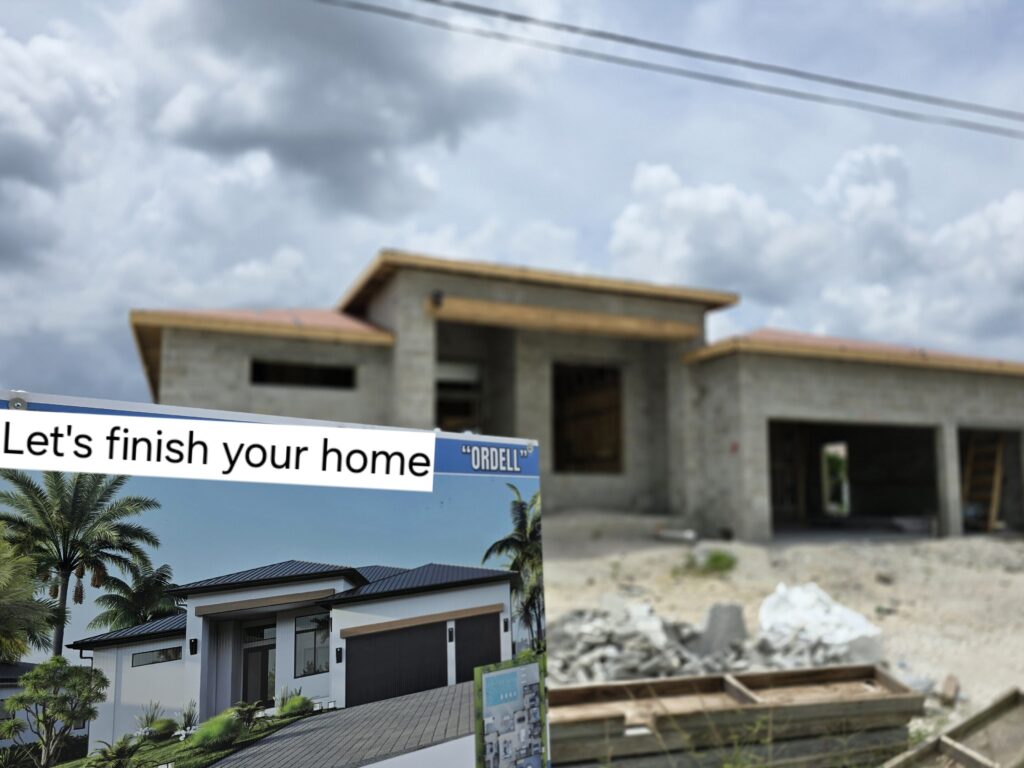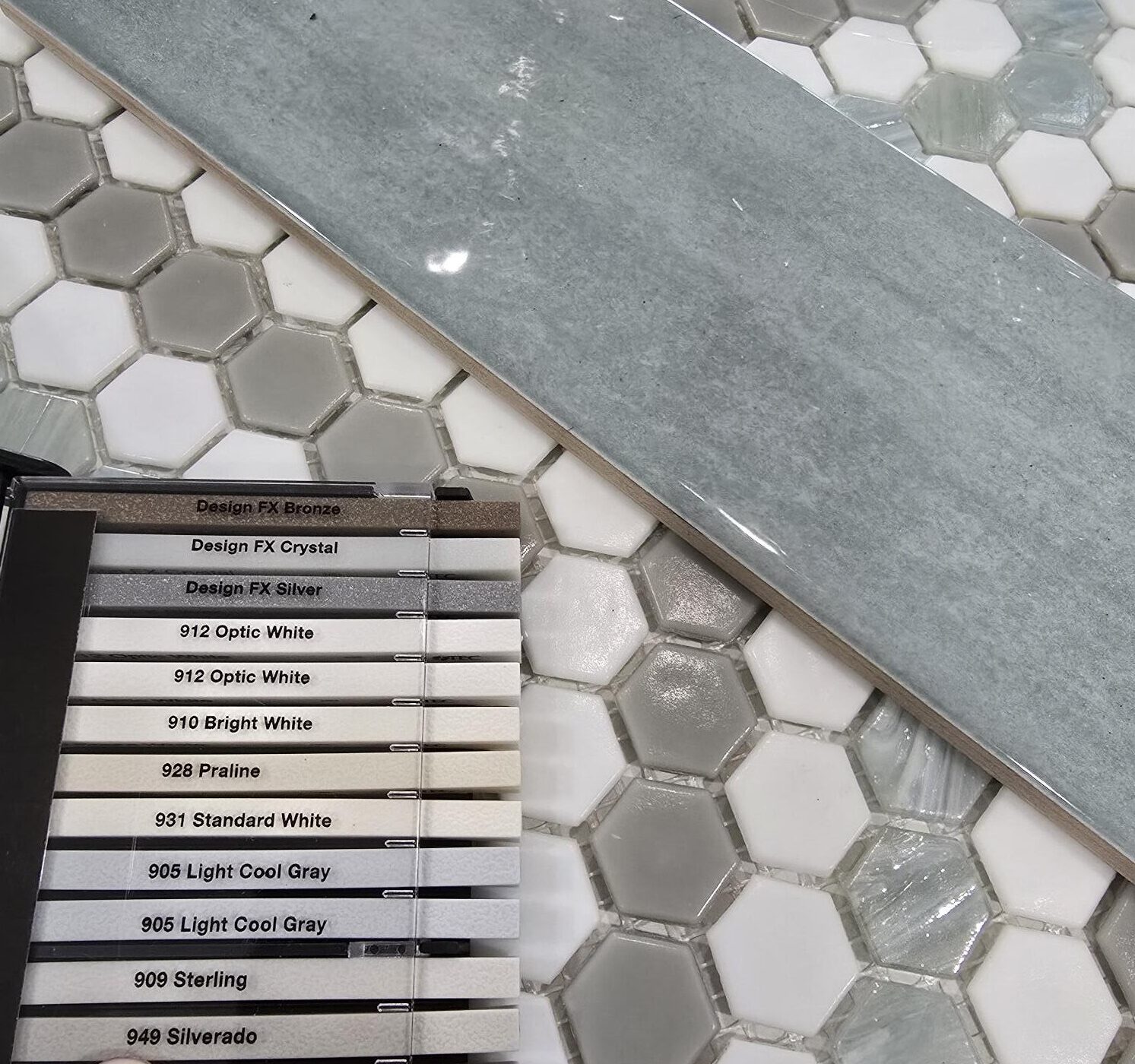If you’ve spent more than 10 minutes talking to any of us Conquest Builders Corp, you probably learned that we are a little fanatical about insulation. When the weather heats up, we tend to appreciate that extra R-Value a little more. What is “R-Value?”
R-Value is a numerical number that indicates how much resistance a material has to heat transfer. A low number indicates poor insulation, while a higher number is better.
Most Florida homes have only a foil barrier between the drywall and exterior blocks, with an R-Value of approximately 5 for the total system including the drywall. Conquest Builders Corp. uses Tuff-R insulation (or similar, there are a couple of options) which consist of a foam board with foil on each side. The total R-value of this system including the airgap and drywall is approximately 8.6R. That’s a 72% improvement!
We have fairly persistently heard the argument that the exterior block walls don’t contribute much to the overall electricity bill, but consider this angle…
If you have a southern facing back yard, the sun is rising in the east and setting in the west across your home. In Florida we typically have split bedrooms, meaning the east side will have either spare bedrooms, or the master bedroom, while the other side will have the opposite.
As the sun moves throughout the day, it will affect different parts of your home unevenly. First thing in the morning, the East side will be significantly warmer from the sunlight entering the windows and warming the block walls like a fireplace. As the sun sets, it will heat the opposite side, possibly with even greater impact. There is often a difference of 3 degrees or more if a home has poor insulation!
We have spoken with many local residents who wonder why their homes have “hot spots” or “cold spots”. Sometimes, they might even think that the HVAC company is to blame. The truth is, it’s often partly the fault of your insulation. Most HVAC companies stick to fairly strict formulas to ensure a quality product that meets the Energy Calculations approved by the town. Once in a while they might make a mistake that needs correcting, but usually, it’s a matter of uneven heating caused by the sun. Without separate zones on the East and West side of the home, there will always be some variation in temperature between rooms. The most cost-effective solution is to build the home with better insulation on the exterior block walls to alleviate some of the extreme temperature changes they can see throughout the day. Another solution is to use windows with better efficiency values as well. Most impact rated windows have a decent insulation factor. As with most situations, it’s best to get these options when the home is new. It is far more cost effective to spec these items originally in the build.
If you combine the aforementioned specs with spray foam insulation in the attic, you will have a significantly more energy efficient home, with approximately half the energy costs of a similar sized home of traditional specifications. Luckily for our customers and their wallets, we spec our homes with these features standard. You can rest easy knowing that we care about the end-user just as much as we care about making a sale.
-Andrew




